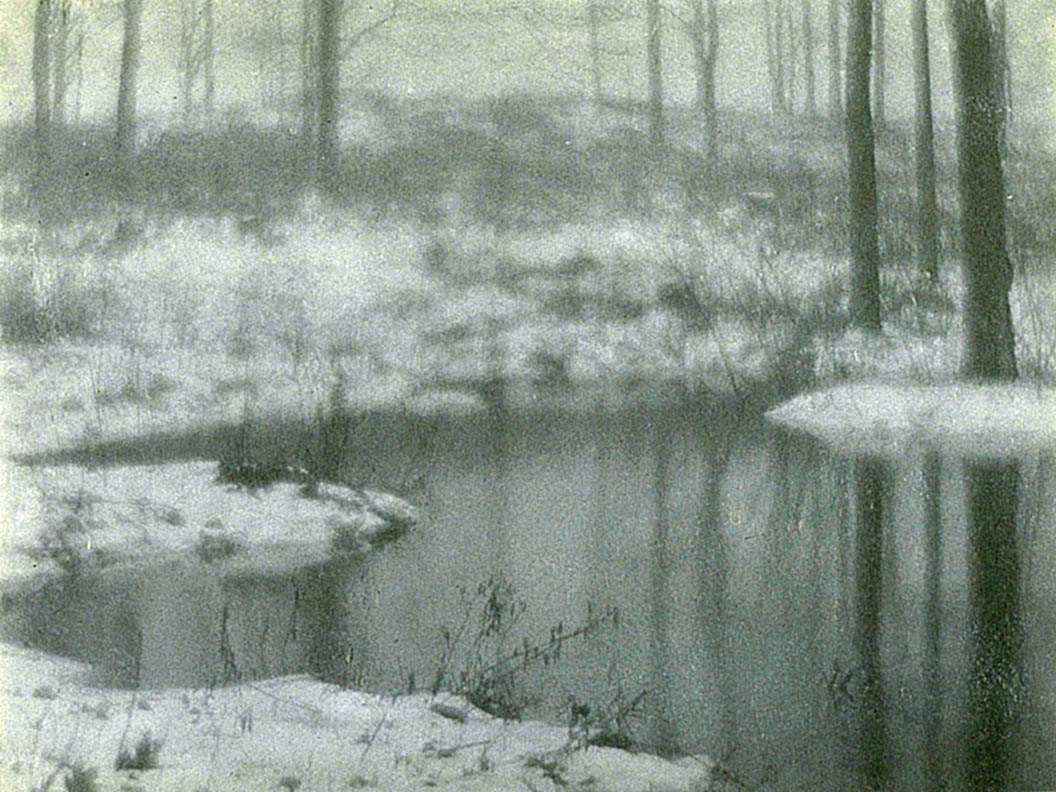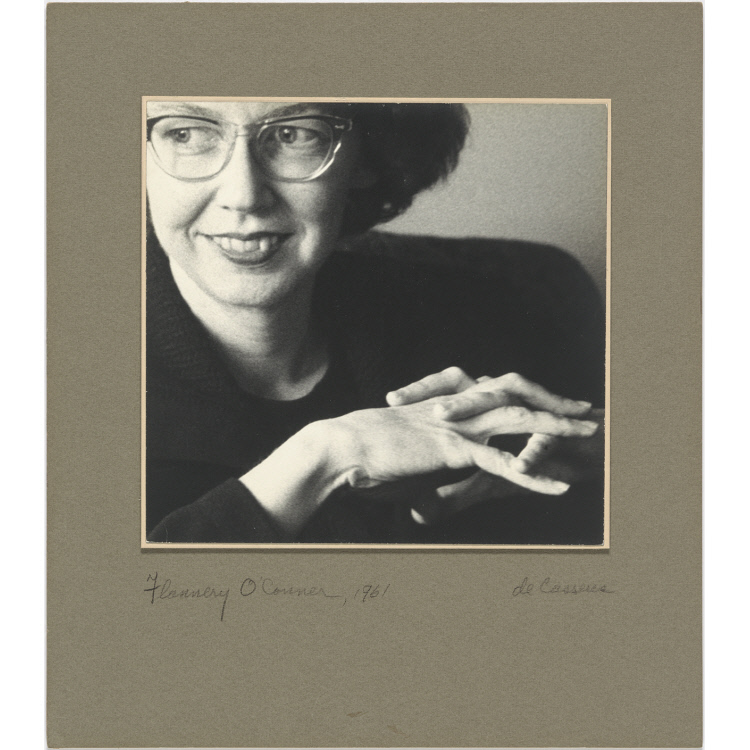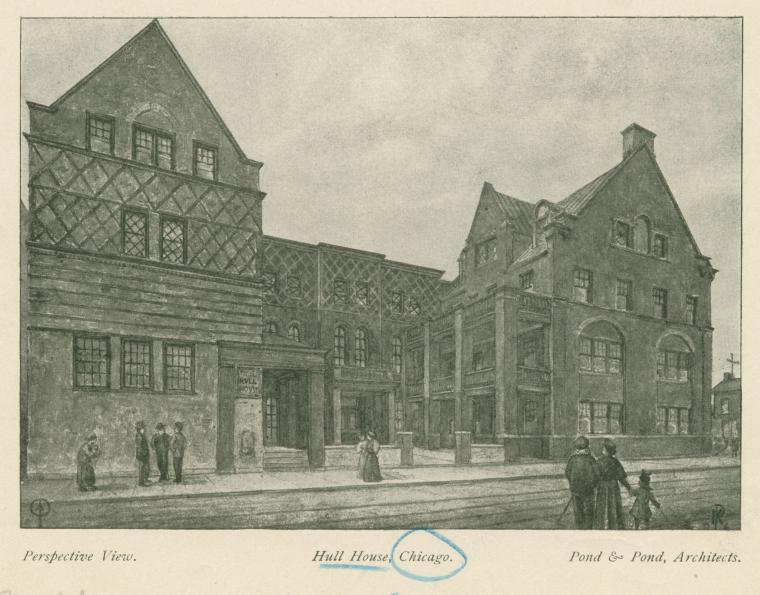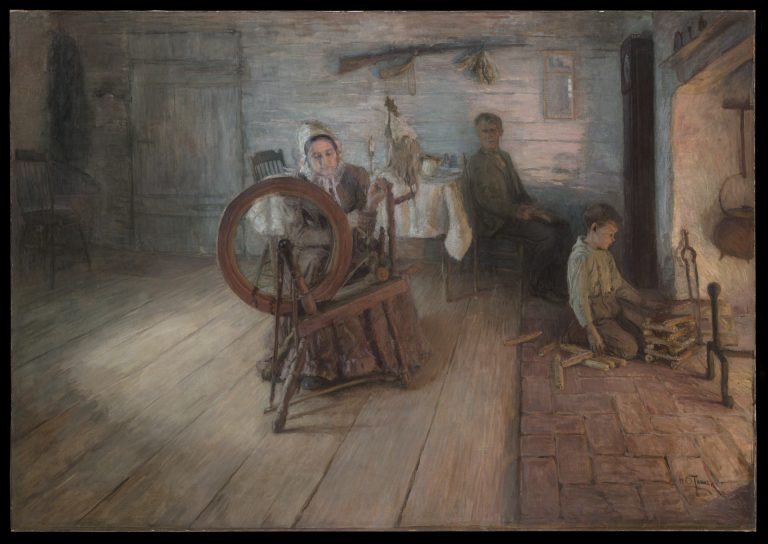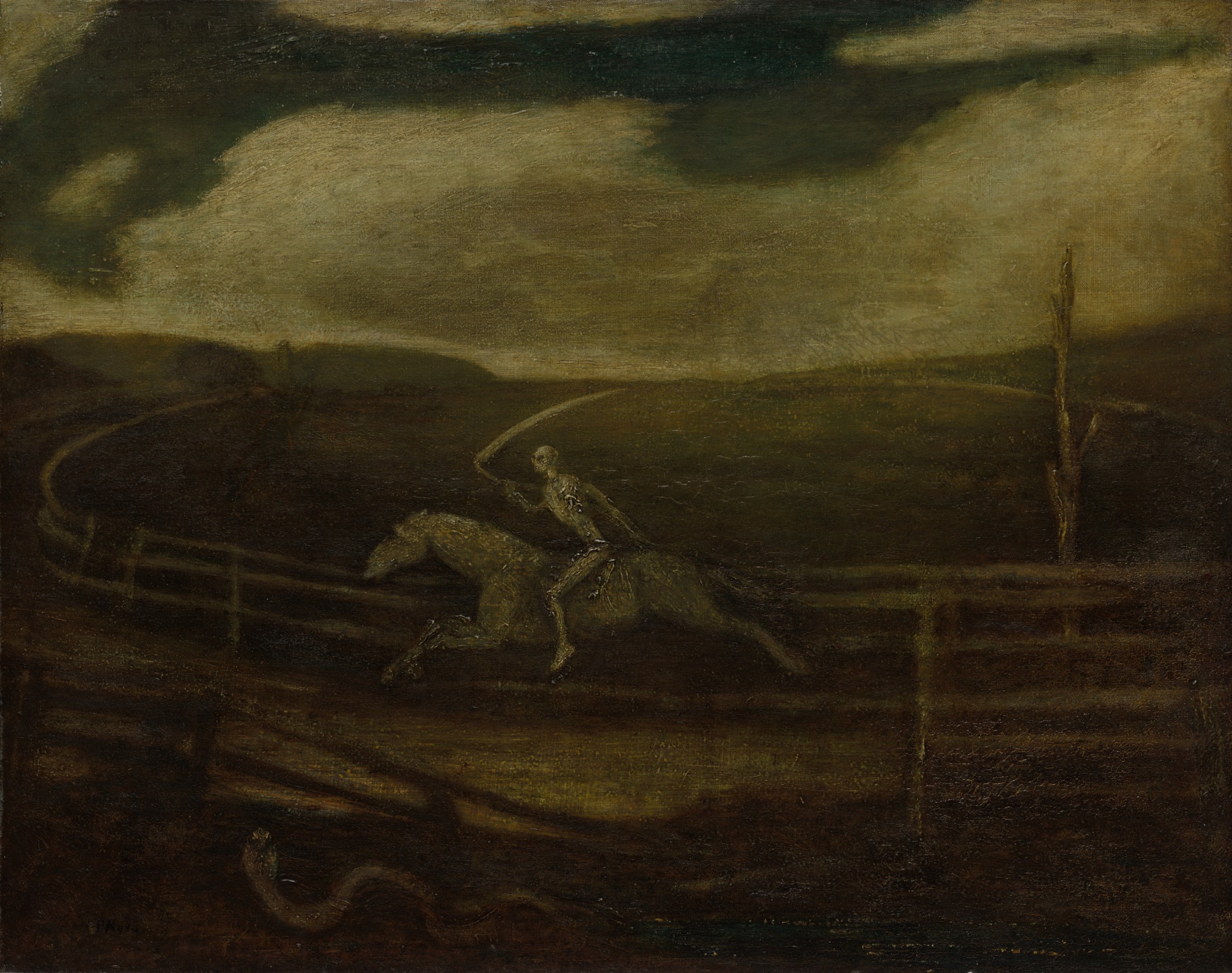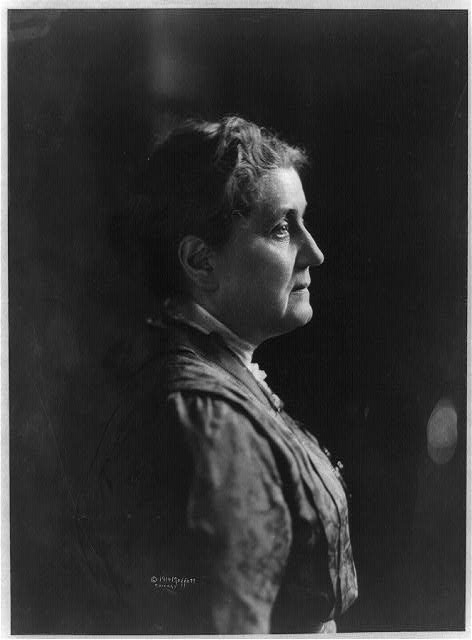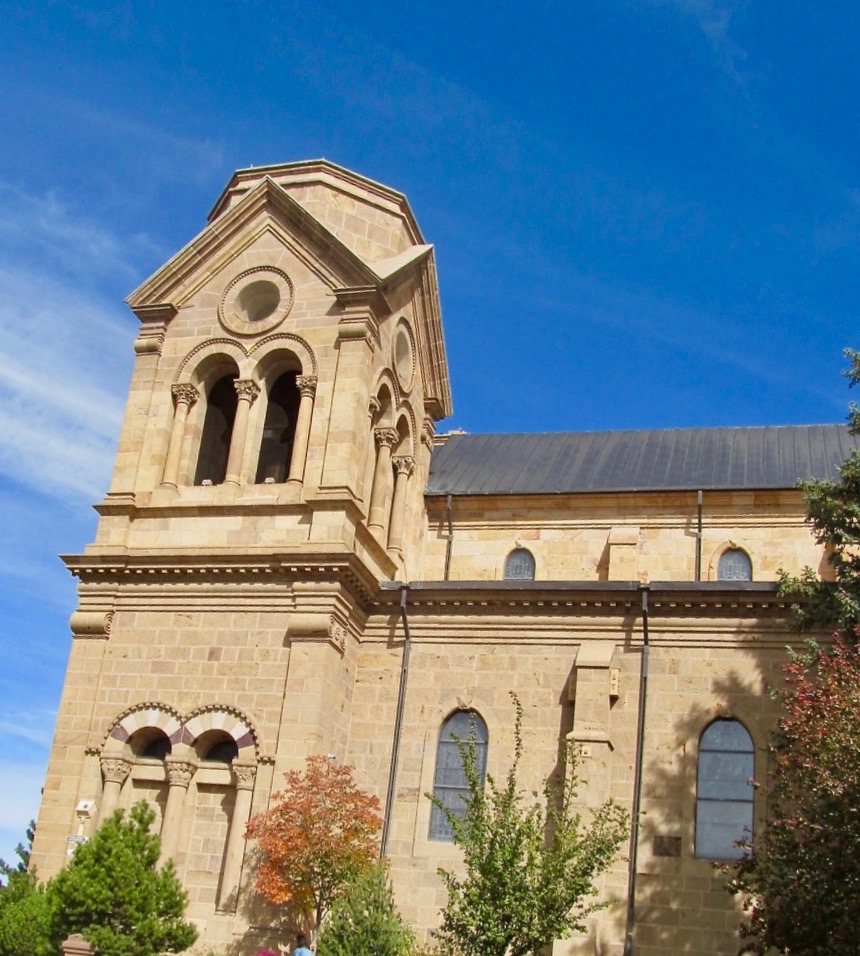The Jewish Cemetery at Newport
Henry Wadsworth Longfellow
1852
In this poem, Longfellow reflects on the long history of the Jewish people, focusing especially on their experience in diaspora.
Introduction
This poem commemorates the small Jewish community who lived in Newport, Rhode Island between the mid 17th and early 19th centuries. In 1790 their synagogue lay leader, Moses Seixas, presented a letter of welcome to our first president when he visited the city, taking occasion to express the Jewish community’s hope that the new government would respect religious freedom. Washington’s letter in reply (which quotes, in part, Seixas’ own words) is one of the most eloquent expressions of the complex and complementary relationship between religion and freedom of conscience ever penned.
Longfellow pays respectful tribute to the Jews who lived at Newport, honestly recalling the persecution by European Christians that eventually led them to settle in Rhode Island, which granted freedom of worship to all sects, even in colonial times. Yet the poem’s elegiac tone might well annoy current readers, given the resilience of the Jewish faith community in America.
Jewish history as recorded in the Bible tells of repeated journeys as the patriarchs of the faith sought a homeland in which to live according to their monotheistic convictions. Abraham’s original journey into Palestine is reenacted in the exodus of the Hebrew community from slavery in Egypt and in the later return of Israelites who had been exiled to Babylonia. To the Jews, this history pointed toward a final permanent establishment of their faith community under a messiah, a king who would usher in an age of peace and general righteousness. But whereas the Jews saw a once and future kingdom, Longfellow saw a futile dream.
In fairness to Longfellow, it should be noted that when Longfellow visited Newport in July 1852, the Jewish community seemed to have vanished. In fact, they had dispersed, but not disappeared. The British had occupied Newport from the outbreak of the Revolutionary War until October 1779, turning evacuated wooden homes into fuel for heating during the winters. This led to Newport’s decline and to the removal of many Jewish merchants to such more thriving seaports as Boston, New York, and Philadelphia. With the passage of the first Amendment to the Constitution in 1791 and the gradual disappearance of religious establishment in the states, Jews could now feel comfortable living elsewhere in America.
Yet the synagogue would be preserved, just as the cemetery had been, by the sons of Isaac Touro, its rabbi at the time of the Revolution. Abraham left a bequest for the upkeep of both, and two years after Longfellow’s visit, Judah Touro left a bequest for their restoration. By the 1880s, a group of Jewish immigrants newly arrived from Eastern Europe reopened the synagogue.
Longfellow could not have foreseen the terrible persecution the Jewish people were yet to suffer during World War II. Neither, it seems, would he have expected a resurgence of Jewish nationalistic purpose in the establishment of the state of Israel in 1948.
The Jewish Cemetery at Newport
How strange it seems! These Hebrews in their graves,
Close by the street of this fair seaport town,
Silent beside the never-silent waves,
At rest in all this moving up and down!
The trees are white with dust, that o’er their sleep
Wave their broad curtains in the south-wind’s breath,
While underneath these leafy tents they keep
The long, mysterious Exodus of Death.[1]
And these sepulchral stones, so old and brown,
That pave with level flags their burial-place,
Seem like the tablets of the Law, thrown down
And broken by Moses at the mountain’s base.[2]
The very names recorded here are strange,
Of foreign accent, and of different climes;
Alvares and Rivera interchange[3]
With Abraham and Jacob of old times.[4]
“Blessed be God! for he created Death!”[5]
The mourners said, “and Death is rest and peace.”[6]
Then added, in the certainty of faith,
“And giveth Life that nevermore shall cease.”[7]
Closed are the portals of their Synagogue,
No Psalms of David now the silence break,
No Rabbi reads the ancient Decalogue
In the grand dialect the Prophets spake.
Gone are the living, but the dead remain,
And not neglected; for a hand unseen,
Scattering its bounty, like a summer rain,
Still keeps their graves and their remembrance green.[8]
How came they here? What burst of Christian hate,
What persecution, merciless and blind,
Drove o’er the sea — that desert desolate —
These Ishmaels and Hagars of mankind?[9]
They lived in narrow streets and lanes obscure,
Ghetto and Judenstrass,[10] in mirk and mire;
Taught in the school of patience to endure
The life of anguish and the death of fire.[11]
All their lives long, with the unleavened bread
And bitter herbs of exile and its fears,[12]
The wasting famine of the heart they fed,
And slaked its thirst with marah[13] of their tears.
Anathema maranatha![14] was the cry
That rang from town to town, from street to street;
At every gate the accursed Mordecai[15]
Was mocked and jeered, and spurned by Christian feet.
Pride and humiliation hand in hand
Walked with them through the world where’er they went;
Trampled and beaten were they as the sand,
And yet unshaken as the continent.
For in the background figures vague and vast
Of patriarchs and of prophets rose sublime,
And all the great traditions of the Past
They saw reflected in the coming time.
And thus forever with reverted look
The mystic volume of the world they read,
Spelling it backward, like a Hebrew book,[16]
Till life became a Legend of the Dead.
But ah! what once has been shall be no more!
The groaning earth in travail and in pain
Brings forth its races, but does not restore,
And the dead nations never rise again.
Notes
[1] In Hebrew scripture, the book of Exodus recounts the escape of the Jews from slavery in Egypt under the leadership of Moses, the forty-year journey in the wilderness that followed, and God’s gift of the law to Moses and thence to the Hebrew people.
[2] A rather jarring simile, likening the flat, horizontal gravestones to the first set of tablets engraved with the Ten Commandments, which Moses broke in anger after finding the Hebrews worshipping an idol. This moment could have ended the story of the Jewish people, but it did not; Moses returned to Mt. Sinai and received from God a newly engraved set of commandments.
[3] The Jews who settled at Newport were Sephardic, that is, descendants of Jews who had been expelled from Spain in 1492, then from Portugal in 1496. They fled to Amsterdam and London, then to Brazil, then to Barbados before settling in Rhode Island, which had granted inhabitants religious freedom in its 1644 charter.
[4] Abraham and Jacob were early Jewish patriarchs.
[5] The invocation “Baruch ata Adonai Elohenu” (“Blessed be the Lord, our God!”) opens every prayer throughout the Jewish day and year, and a version of it opens the funeral rite.
[6] Longfellow may allude to Isaiah 57:1 – 2: “The righteous perish . . . and no one understands that the righteous are taken away to be spared from evil. Those who walk uprightly enter into peace; they find rest as they lie in death.”
[7] Jewish beliefs about the afterlife vary. Longfellow may allude to God’s promise to Noah in Genesis 8:22, which refers to the continuance of earthly life: “As long as the earth endures, seedtime and harvest, cold and heat, summer and winter, day and night will never cease.”
[8] Although the synagogue was at this time unused, the cemetery was maintained, due to a bequest Abraham Touro left in 1822 to the state of Rhode Island for its upkeep. He also left money for the upkeep of the synagogue and the street on which it sat.
[9] Genesis 16 and 21: 8-20 tell the story of Hagar, slave of Abraham’s wife Sarah, who bears Abraham his first son, Ishmael, then is banished into the wilderness after Sarah gives birth to Isaac. Ishmaels’ descendants, according to the Bible story, become the Arab tribes.
[10] German for “Jew Street.” During the 16th and 17th centuries, many European cities demarcated specific areas in which Jews were permitted to live. The first, established in Venice, was called the “ghetto.” Even in Newport, the street along which the Jewish cemetery and the synagogue were built was called “Jew Street”—but it was renamed “Touro Street” when Abraham Touro left the state of Rhode Island his bequest.
[11] When the bubonic plague spread through Europe in the mid-14th century, Jewish communities suffered fewer deaths, probably due to their observance of Mosaic laws governing diet and sanitation. Rumors spread that the Jews had survived because they made pacts with Satan. Christian mobs set bonfires and pushed Jewish families into them.
[12] Unleavened bread and bitter herbs are elements of the Jewish Passover meal, which commemorates the flight of the enslaved Jews from Egypt.
[13] This Hebrew word means “bitter”; it also refers to a place the Jews camped during their long journey in the wilderness. The spring they found there yielded bitter water, which Moses miraculously sweetened.
[14] These words, spoken at the beginning of an ancient Jewish rite that excommunicated sinners, translate roughly as “Let him be accursed; the Lord will return to take vengeance.” The Apostle Paul appropriated the phrase for a new, Christian, way of distinguishing between the faithful and the nonbeliever: “If any man love not the Lord Jesus Christ, let him be Anathema Maranatha” (I Corinthians 16:22).
[15] The uncle of Esther, who (in the Book of Esther) helps her save the Jewish community from slaughter during their exile in Persia.
[16] Hebrew is read from right to left.
Citation
Historical background for this introduction was drawn from the website of the Loeb Visitors Center at Touro Synagogue National Historic Site. Visit it for a more complete history of Touro Synagogue and its significance in the history of religious freedom in America: http://www.loebvisitors.org/.
Other information and perspectives on Longfellow’s poem may be found at this Maine Historical Society website: https://www.mainememory.net/bin/Features?t=fp&feat=177&supst=Longfellow

